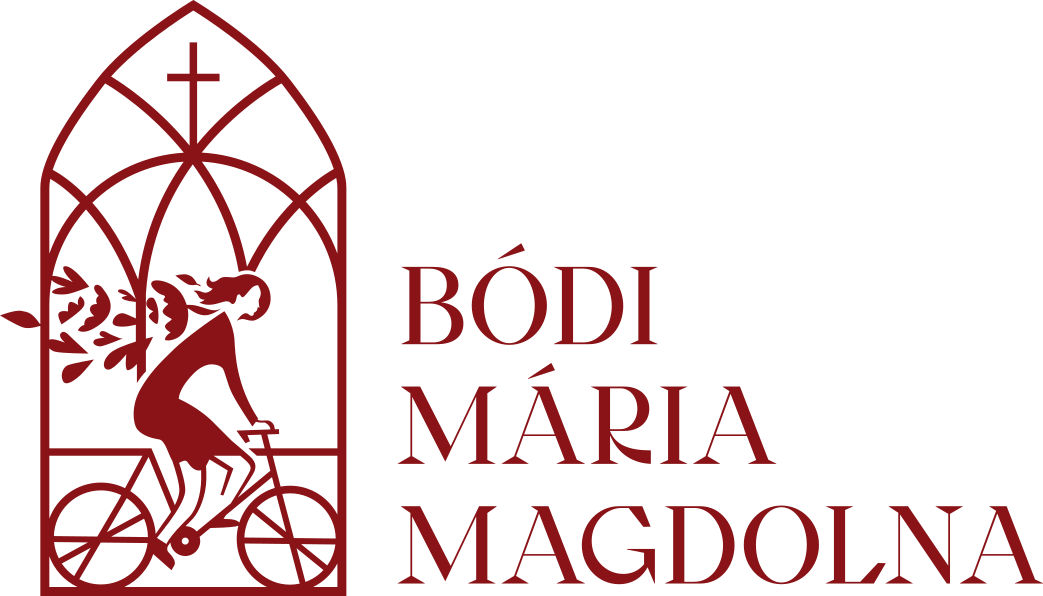Last week, two high-school choirs of the Padányi Catholic School — the Padányi Schola Mixed Choir and the Padányi Chamber Choir, led by Cecília Zsilinszky and Erika Hutvágner — visited their partner school in Poland.
For twelve years, the Padányi Catholic School has maintained a close relationship with the Presentation Sisters’ High School in Kraków.
The Polish students hosted the Hungarian singers for an entire week, during which the focus was not only on singing together, but also on discovering the city’s historic and cultural treasures.
During their visit to Wawel, the students encountered numerous historical links between the two nations as they walked among the tombs of kings and queens laid to rest within the cathedral.
At the next day’s city-exploration contest, they came across many memorial plaques recalling heroes and figures of shared Hungarian–Polish history.
An unexpected and moving discovery in the Sanctuary of Divine Mercy
The most profound surprise of the trip awaited the group in the Basilica of Divine Mercy.
This remarkable and unique basilica was consecrated by Pope John Paul II on August 17, 2002.
A sister of the Congregation of the Sisters of Our Lady of Mercy told the students about St. Faustina and the history of the church.
In the lower church there are five chapels — one of them is the Hungarian Chapel.
The walls are adorned with magnificent mosaics depicting Polish and Hungarian saints, which is why it is known as the Chapel of the Communion of Saints.
The students were informed that the chapel was consecrated by Cardinal Péter Erdő, Primate of Hungary, on October 9, 2004, as a gift from the Hungarian Catholic Church.
During the guided tour, the group was amazed by the large linden-wood shield above the altar, depicting Christ the King with St. Faustina in the background.
In front of the altar, they discovered a reliquary containing a fragment of the arm relic of St. Stephen, King of Hungary.
The relic had been brought to Poland in 1370 by King Louis the Great, ruler of both Hungary and Poland, as a symbol of unity between the two nations — though, over time, its existence was largely forgotten in Hungary.
“Teacher, look — Bódi Mária Magdolna is here!”
When the students had the chance to walk around the chapel and read the names of the saints and blesseds depicted on the walls, one of them suddenly exclaimed:
“Teacher, look — there’s Bódi Mária Magdolna!”
And indeed, there she was — portrayed alongside Blessed Jolenta, Cardinal József Mindszenty, Bishop Vilmos Apor, and St. Maximilian Kolbe.
For us, believers from the Archdiocese of Veszprém, this discovery carries special meaning.
The artistic and theological conception of the chapel was created by Fr. László Puskás, Greek Catholic priest and painter from Monostorapáti, together with his wife Nadia, between 2002 and 2003.
At that time, the artist could place only the word “martyr” beside Magdolna’s name.
Yet this holds a deeply important message for us and for the young people:
Among the saints and martyrs depicted — all of whom bore witness to their faith and gave their lives for others and for the Church — Magdolna already stood symbolically among them more than twenty years ago.
Unfortunately, Father László Puskás could not live to see Magdi’s beatification, but his work radiates the hope and trust that one day she would be counted among the blessed and the saints.
Singing in the Basilica
After visiting the chapel, the choirs sang at the Holy Mass celebrated in the Basilica of Divine Mercy — a profound spiritual experience filled with prayer, collective singing, and musical service.
The students and teachers hope that one day they will return to this beautiful place of pilgrimage.
Cecília Zsilinszky
choir-master


